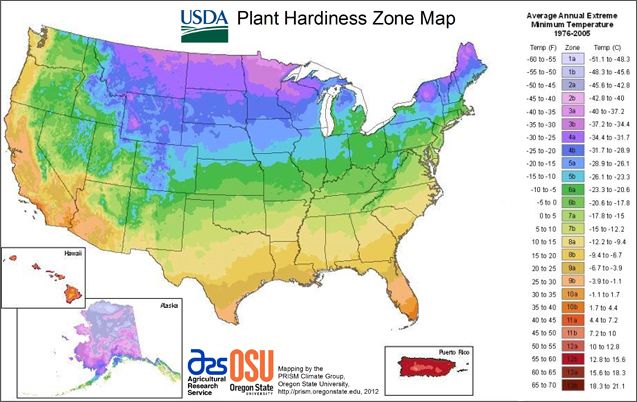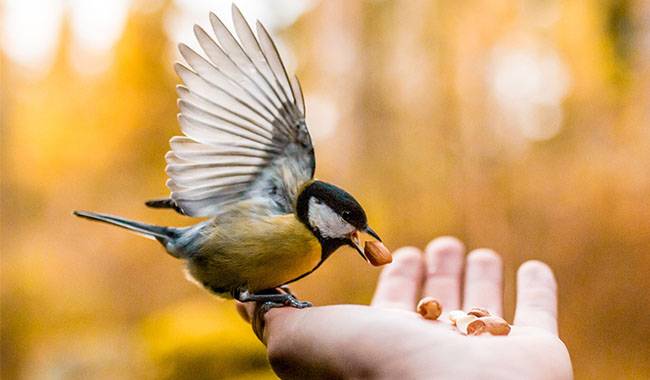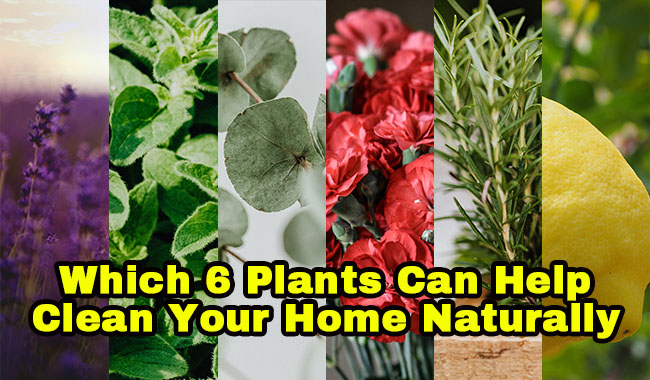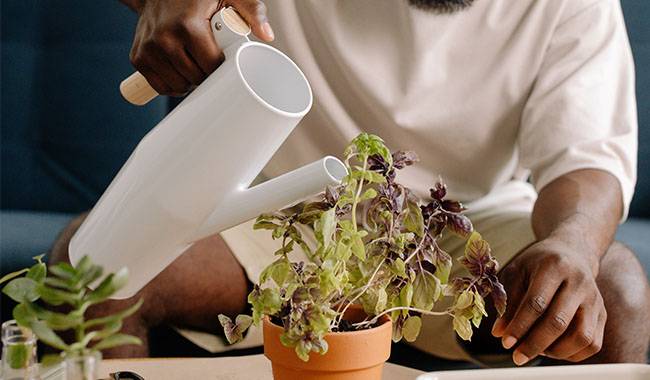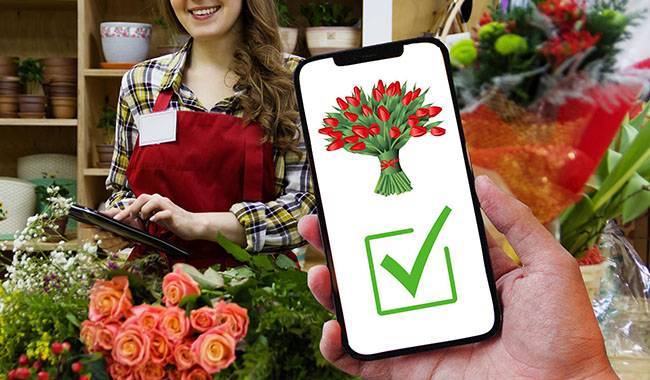Do you want to garden and wondering how to begin? If you’re not familiar with gardening, it can be difficult to start. It is not to be complicated.
Plant fragrant flowers, planting a garden, or both! Even you get dirty hands but everyone will gain the benefit from it.
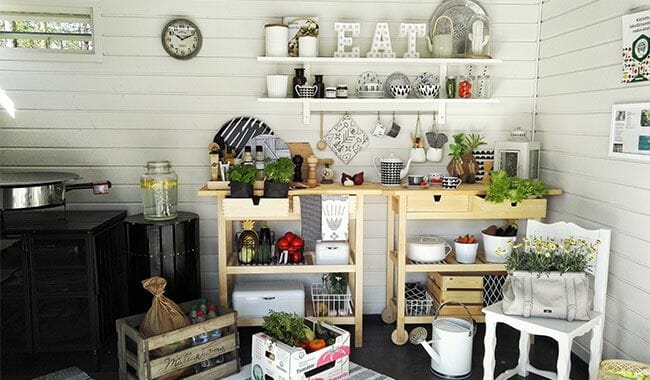
In this article, I will introduce you to the basics of gardening. Planting a garden is one of the most meaningful things for you. If you break a project down into manageable steps, you can easily garden at your own pace. Soon you will see the beautiful landscape, delicious taste of fruits, vegetables, and herbs and colorful flowers bring the effort in return.
Why should we choose the type of planting first instead of choosing the place to plant?
Plan before planting
Beautiful and practical landscapes benefit from many considerations. No matter how attractive, healthy or tending, a plant cannot survive or achieve its intended purpose if it is not suitable for the location.
when selecting plants for your home landscape, consider the following how to start a garden key factors:
- Climate and microclimate of the plantation
- Direct and indirect sunlight received in one area throughout the day exposed to the wind, in coastal areas, salt
- Different characteristics of the soil and the underground environment
- One made components such as supply lines, signs, fences and buildings
- The right planning helps to keep the plants selected for the landscape healthy in the long term
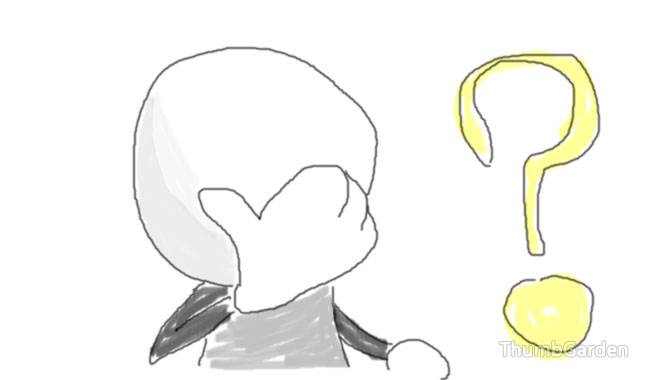
Climate:
The U.S. Department of Agriculture (USDA) Hardiness Zone Map divides the United States into regions based on average minimum winter temperatures.choose plants from the right hardness that the average minimum winter temperature in a region can tolerate.Figure 1 shows the USDA’s newest resistance zone in South Carolina.
Find the cultivation guidelines that suit your area and follow
It is important to choose plants that suit your growing conditions and consider whether you should use seeds or transplants. Seeds are more affordable, but less predictable. Usually, seeds are like babies and require a lot of care, but not everyone knows how to make it survive.
In the beginning, the plants are a few inches tall, making it easier to grow in small pots. “I never need to let the baby live long, but I know it takes a lot of work.” Of course, timing is essential for gardening. (Don’t start gardening from seeds in the first year. You will have more work than anything else.)
How to start a garden? now, do you want to plant a flower garden? orchard? vegetable garden? Herb garden? If you choose vegetables and herbs as food on the table, your family will eat or be willing to try vegetables and herbs.
If you want the floral fragrance, color and fragrance of the flower, decide whether you want annuals that bloom most of the summer but need to be replanted every spring, or whether you want shorter-flowering but perennial annuals. Every garden, even a combination of the two, can create a charming garden, but the maintenance requirements are different.
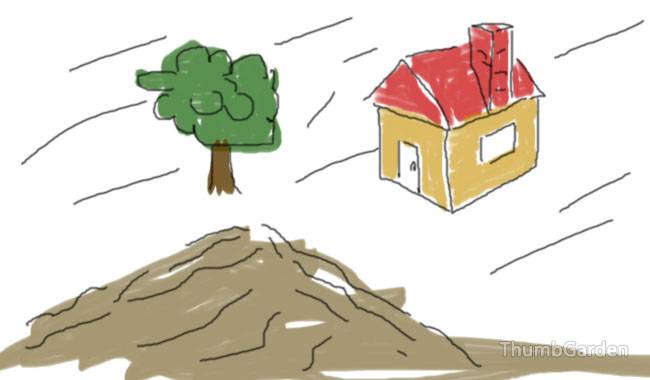
Select our recommended “Best Guide“.
OR
Select the category you like.
Choose the right place for your garden
The best place is the comfortable place you often see. The back of the yard behind the shed is the sunniest, but if you don’t see the garden often, you can forget it.
how to start a garden? Ideally, almost all vegetables and most flowers need 6-8 hours of sunlight a day, so you need to look at the yard all day to find a place that can be used all day instead of part or all day.
- Consider how to enter the garden to pick, water and take care of plants.
- Pay attention to wild animals, pets and children’s playgrounds.
- There should be a water source near or near the hose.
- Choose a relatively flat place for the garden because it is very difficult, time-consuming and expensive to deal with a sloping garden.
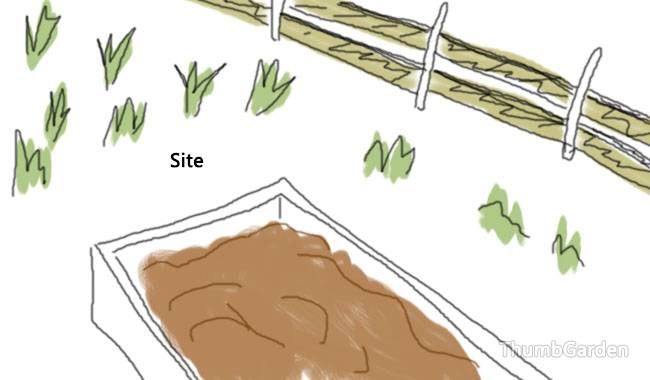
Clear and design your garden
Get rid of the lawn covering the area you plan to plant. If you want quick results (if it’s already spring and you want to grow vegetables this summer), cut it off. Use a spade to cut the lawn into thin slices, cut the lawn into small pieces, and then chop it on the compost. But in spring, you can plant the bed without grass, weeds and a lot of soil. (It is best not to weed or weed in autumn. It is not until winter that the grass has a chance to start to decompose.)
Since you know where how to start a garden, you can determine the type and size of the garden bed. Then draw the outline of the garden or courtyard. Tailor it to your plant needs, so that plants that need shade are planted in the shade, and plants that need sunlight are placed in areas without shade during the day.
- Consider the space required for each mature plant. Consider planting your garden in blocks or plant beds rather than in rows. The width of the bed should be narrow enough.
- On the garden bed, arrange the plants in a row or grid. The goal is to minimize sidewalks and expand planting space. Start small and make sure to give each plant enough room to grow (rectangular or square beds are the most common beds).
- If it grows vertically, more crops can be squeezed into a smaller space.
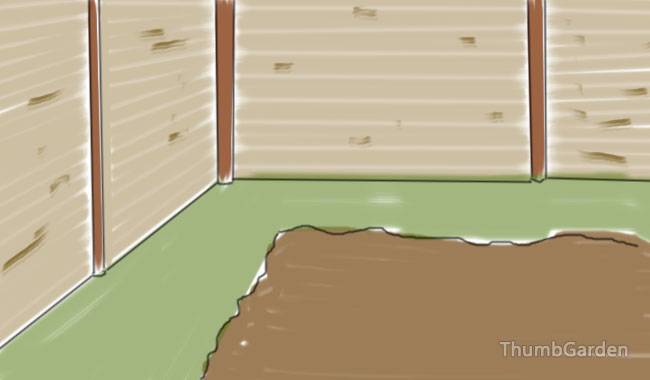
Make an elevated bed or choose a container
Build the bed now so you can work for the first time next spring. One of the advantages of a raised bed is that you do not need to use existing soil. If space is limited, pay attention to the container.
Make the loft bed:
You can add a raised bed at any time. The important thing is that you can go to bed without stepping on the floor. A four-foot by four-foot raised bed is a good start. The target depth is between 10 and 19 inches. It is easy to construct, and you can grow a lot of food in a space of this size. As skills and experience increase, increase the height of the bed. Or use several large pots or half buckets in the garden.
Make the container:
You can create a garden in a flower pot or container. The decision depends on your preferences, space, growing content and budget. Almost everything can be used as a container for plants: wooden wine boxes, milk cartons, old pots or drawer cabinets, as long as you drill holes in the ground and don’t let any paint touch the ground.
Installation of irrigation system.
(If you choose the second step, you can omit it.)
It is best to use some kind of automatic irrigation system and hoses to water the seedlings. Automatic watering is as simple as connecting a battery-powered timer to a hose so that a wet pipe or dripping pipe leads to the garden. Using a two-way distributor on the second hose helps to manually water new plants and seeds.
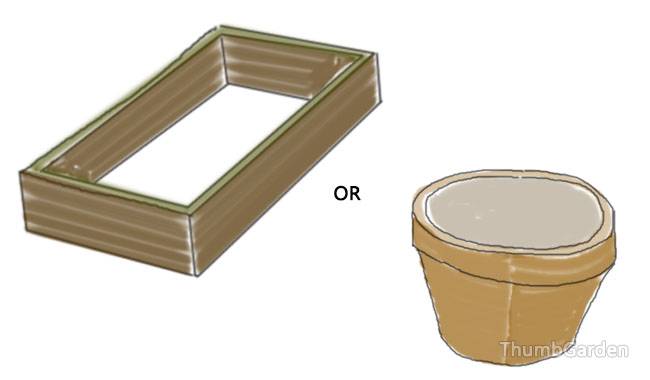
Add healthy soil to your plants bed
One of the most important suggestions for the garden is to invest in nutrient-rich and well-drained soil. once conditions are created that are conducive to the growth of life, it will grow. prepare the soil. healthy soil is full of billions of bacteria, fungi, and other microbes. The roots of a plant can penetrate because they have the right texture and structure. one of the advantages of raised beds is you do not need to use existing soil. after you mix the ingredients perfectly, you can start planting. but the one-time cost can be the most expensive part of the garden.
To fill the plants bed, mix the following ingredients:
1. Compost – use several different brands or make your own.
2. Sphagnum moss – peat moss or coconut skin makes the soil lighter, helps to keep water.
3. Stones – stone helps to retain moisture and let the soil breathe.
How much soil do you need?it depends on the volume of your raised bed or container. a four-bed with one foot deep requires a total of 15 to 18 cubic feet of soil. after adding soil, the plants bed was corrected with organic fertilizer. this is my recipe for adding organic fertilizer to the new raised plants bed.
In the future, it is important to test the soil every year. the soil test can determine the health of the soil.
Network comment:
“first texture. the structure of the soil depends on how much clay, sand, and mud is in the soil. each soil is a combination of these three things. the ideal soil is in the middle of the three.The sandy.
If the soil is too wet, it crumbles. Air cannot penetrate, roots cannot grow. This could set your garden back years.
“And pH, how alkaline the soil is.to determine the pH and other chemical properties (such as whether a lead is present in the soil) e in e description of lead.it can get into the soil in many ways, “but Richard said,” don’t be nervous! you can still grow fruit and vegetables.
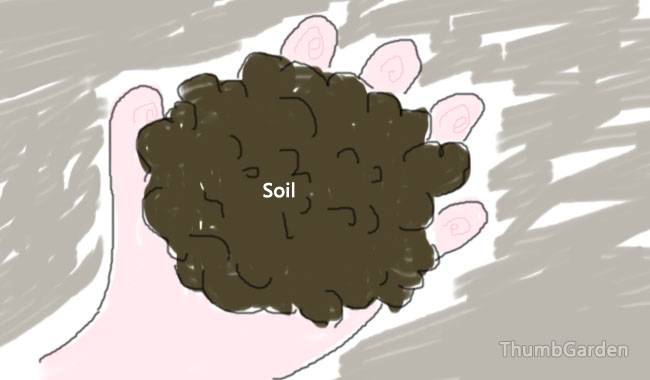
Plants and precautions
An easy way to start a garden is to buy young plants called planting or transplanting. make holes in the prepared bed following the instructions on the label. push from below to remove the plant from the container.
Many plants, such as lettuce and sunflowers, can easily grow directly from the seeds in the garden. Be sure to read the seed packet for information on sowing time, depth, and distance.
Most seed packs and transplant containers come with basic planting instructions. when you have (literally) finished the basic work, just jump in and plant. just try it and you are ready to learn the rest.
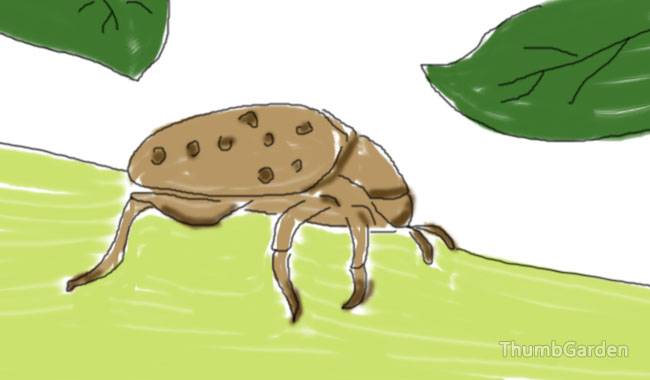
Process of planting:
1. place seeds – plants seeds or young plants according to your design.
2. fertilize again – depending on the plants you choose to plant, you may need to fertilize the garden again after planting.
3. Composting – Add compost, mulch, or topsoil as needed Some types of plants to need thin compost, mulch, or topsoil to protect the seeds when they germinate and when they are young and fragile.
4. after sowing and treating the soil with the “sprinkler system” of the garden hose nozzle, thoroughly wet the garden.
5. weed control – germinating weeds absorb nutrients from the soil and provide fewer nutrients to your vegetables or flowers. weed the garden every few days to make sure the plants get the nutrients they need.
6. If you see wildlife (especially deer or rabbits) in or near the garden, you may need to put up a fence around the garden to protect it.
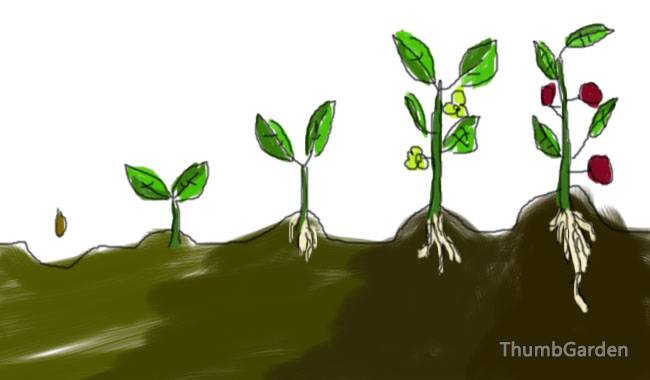
Rule of thumb for planting in your garden:
Unless otherwise specified, the sowing depth is about three times the diameter of the seeds. some seeds need light to germinate.
For transplants, most transplants are planted at the same depth as growing in pots, except for tomatoes, which can be planted or dug deeper. See how to grow (many) tomatoes organically.
Wait until the danger of frost is over and plant-loving plants like tomatoes, peppers, cucumbers, okra, etc.
Young plants are more susceptible than older plants, so they need to be protected or hardened when sowing outdoors.
If the roots are densely packed or grow in a circle, pull them apart so that they can spread and grow into the surrounding soil.
The depth at which the plant is buried in the pot. if it is too deep, the stem will rot. too high, the roots will dry out.
Do not press the plant hard when you cover it, the water will sink it into the ground.
Water the newly planted garden immediately after planting, and be sure to water at least one inch per week.in hot and dry summers you may need to water regularly. let your plants tell you how much water they need. some wilting is normal in the midday sun.
Correct selection of garden tools
If it can be avoided, do not buy cheap plastic tools. good tools save time and effort and save you time. keep the tool clean and sharp as you should with a good knife.
What basic tools do I need?
1. Hand trowel
2. Watering can
3. Spade
4. Rake
5. Hand tools
Which tools can I buy in the future?
As the garden grows, you’ll have more tasks to take care of also you can start building your own tool library. here are ten of the most important features:
1. Wheelbarrow
2. Shovel
3. Secateurs
4. Hoe
5. Fork
6. Hand Weeding Tool
7. Axe, pickaxe, and hatchet
8. Step ladder
9. Garden hose
10. Sprayer
(learn how to keep your tools in good condition, visit garden maintenance).
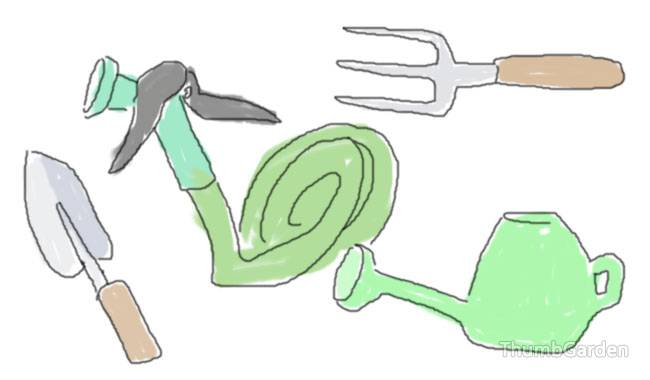
Maintain your garden regularly
Your garden is starting to grow, keeping pace with the gardening work and helping it reach its full potential.
Your plant needs at least one inch of water per week. if it rains a lot, it’s good for you. if not, don’t expose your plants to drought stress, it will not recover during this growing season.
It also needs to be cleaned. weed seeds come from various sources: Wind, birds, the soil on shoes, etc.
Crumpled flowers or flowers away from flowers can flower longer and look fresher, if you continue harvesting when you are young, the yield of vegetables will be higher. Also, the finished vegetables should be harvested immediately, and remember to stop and smell.
If the soil is enriched with compost before sowing, no other fertilization may be necessary. In addition, some vegetables are heavy feeders that require the rapid release of fertilizer every three to four weeks.
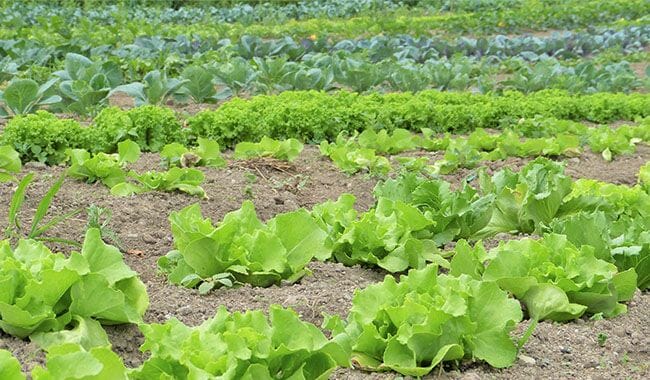
Now that you know the basics, you’ll be sure to grow vegetables – these plants grow fast and respond generously to consistent good care.
When the crop ripens, make sure it is harvested in time for the best quality. leafy vegetables like lettuce are usually “cut, do it again” which means you can cut the leaves off and they will grow into a new crop.
Gather and eat your own food and use the food that you grow in your garden. try new recipes and integrate your garden harvest into what your family has already eaten. soup is a great way to use vegetables in the garden.
Just two or three months after planting, you can have as many delicious agricultural products as possible and have enough space to share with friends, family, and neighbors.
Gardening is also good for your health; it can help fight depression, reduce stress, and improve nutrition.
One of the reasons I love gardening is that if you can’t solve the problem the first time, then one day next year. there are many ways to do it all, but until you try, which one works best for you and your garden. if the plant /crop doesn’t work well the first time, try it again. I usually try at least three years before I give up harvesting because different varieties grow best in different conditions.


